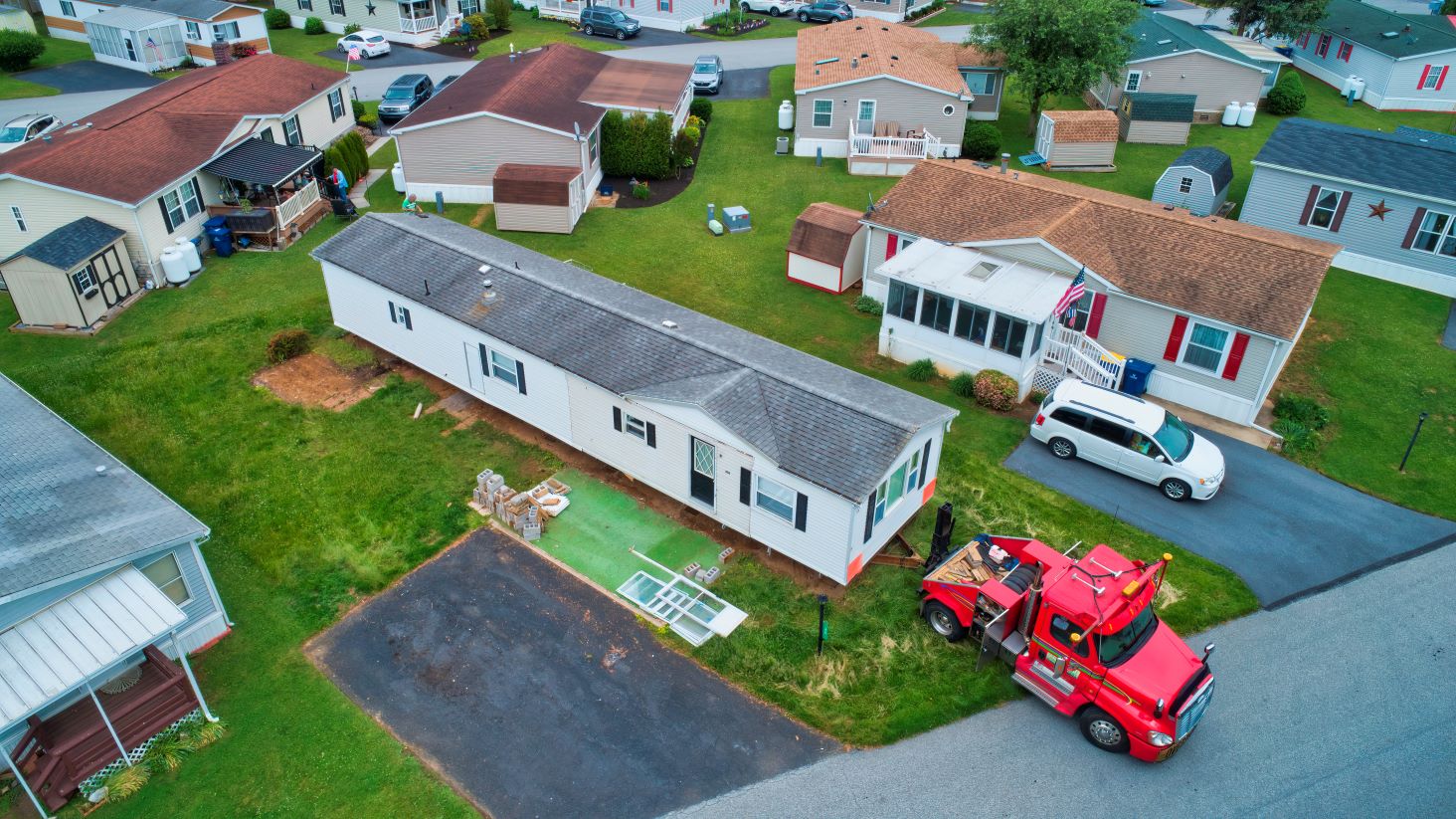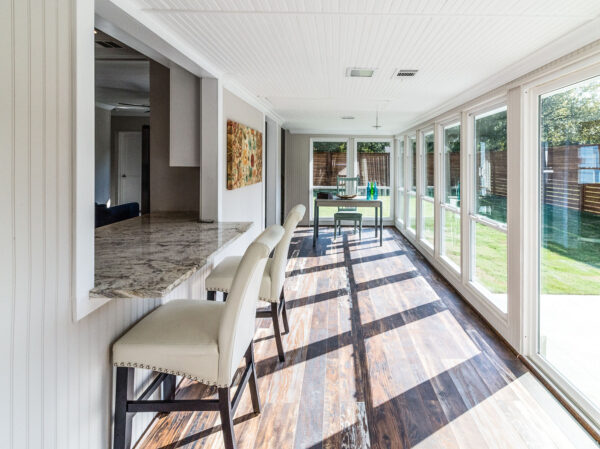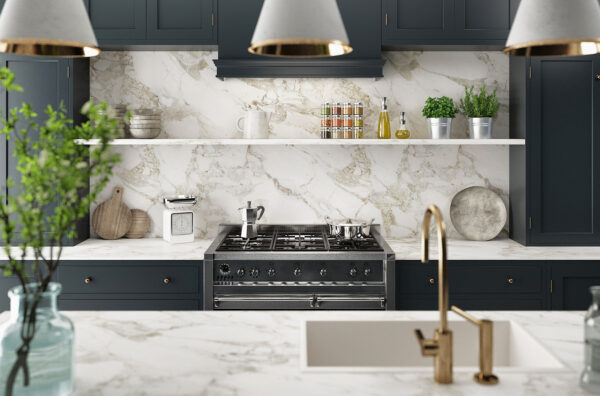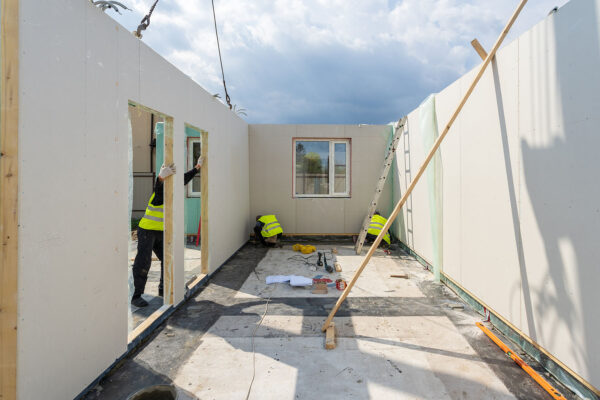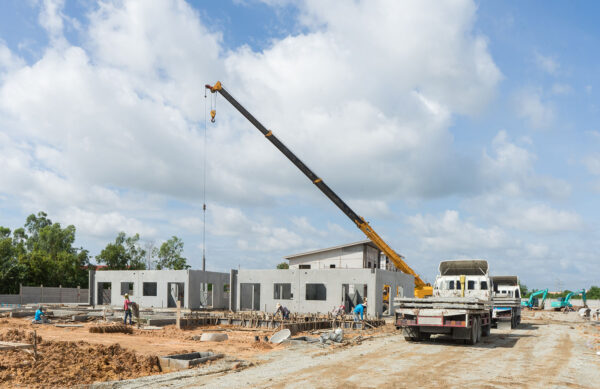Here at Green Valley Homes, we offer new homes in 3 distinct categories : Modular Homes, Manufactured Homes, and Single Section Homes. Since the terminology can sometimes be confusing, we decided to write this guide to clarify the differences between Modular Homes vs Manufactured Homes, and how Single Section Homes fit in.
Modular Homes vs Manufactured Homes
To put it simply: Modular homes and Manufactured homes are both types of prefabricated housing, but they differ in their construction, regulations, and overall quality.
Construction
Modular homes are built in sections or modules in a factory, then transported to a home site and assembled on a permanent foundation by a local builder. These homes can have multiple stories and can be customized in a wide variety of ways.
Manufactured homes (previously known as mobile homes) are built on a non-removable steel chassis and also constructed in a factory, but they are transported to the home site in a single piece or in sections on their own wheels. They may or may not be installed on a permanent foundation.
What we call Single Section homes are really just Manufactured homes that are only one single unit, whereas the home plans we call Manufactured homes are double section (or “double wide”) units that are transported separately and assembled together at the home site.
Regulation
Modular homes are regulated at the state and local levels and must comply with local building codes, just like site-built homes. These codes dictate specific elements of the home’s construction, such as structural strength, fire safety, and energy efficiency.
Manufactured homes are regulated by the federal government through the Department of Housing and Urban Development (HUD). They must meet the HUD Code, which is a performance standard rather than a building code. The HUD Code is less strict than most local building codes.
Quality and Value
Modular homes are often comparable in quality to traditional stick-built homes, as they’re made with similar materials and to the same building code standards. They are generally viewed as real property (real estate), and their value can appreciate over time, similar to site-built homes.
Manufactured homes can vary widely in quality, but their construction often uses lighter materials compared to modular or site-built homes. While higher-end manufactured homes can be quite comfortable and durable, they are generally viewed as personal property (rather than real estate property), and their value tends to depreciate over time like a vehicle if they’re not placed on a permanent foundation.
Both types of homes offer advantages such as lower costs and faster construction compared to traditional homes, but each has its own set of trade-offs and considerations to keep in mind.
Single Section Homes or Single-Wides
Single-section manufactured homes are a type of manufactured home built entirely in a factory on a non-removable steel chassis and transported to their home site as a single complete unit. These homes are often known colloquially as “single-wides” due to their narrow, elongated shape that accommodates transportation on roads.
Single-section homes are usually smaller than multi-section or double-section homes (also known as “double-wides”), typically offering around 600 to 1300 square feet of living space. They can come in a variety of floor plans, but due to their narrow shape, the layout is typically a linear arrangement of rooms.
Like all manufactured homes, single-section homes must comply with the federal HUD Code and are subject to inspection before they leave the factory. Despite the smaller size and lower cost, these homes can include a range of features and amenities, including multiple bedrooms and bathrooms, full kitchens, and even laundry rooms, depending on the specific model.
The primary advantages of single-section homes are their lower cost and simplicity compared to multi-section homes and other types of housing. However, they do have limitations in terms of space and layout, and like other manufactured homes, they’re often classified as personal property, which can affect financing options and home value over time.
Interested in a Modular or Manufactured Home?
Speak with one of our agents to explore cost options for your home.
We’re happy to help!
